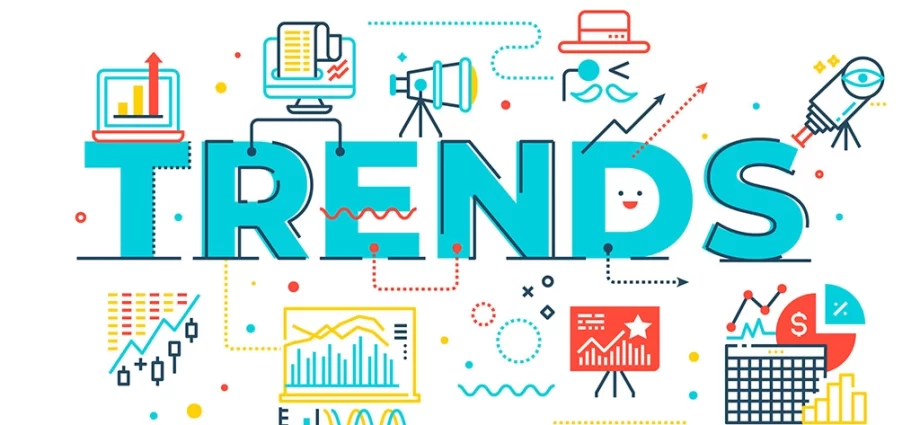Contents
Scientists now face the challenge of creating sustainable packaging while avoiding plastic, other petroleum products, deforestation and water pollution. But promising eco-developments are not a panacea
1. Gelatin cling film
Eco idea: Scientists from the Astrakhan Technical University have created a biodegradable gelatin food film based on fish scales. The film is proposed to be used for the production of bags and food storage.
“But”: gelatin, no doubt, is in many ways a more environmentally friendly material than plastic, but it has one big minus. The additional production of gelatin could add to an already severe burden on livestock production. Gelatin is an animal product that is obtained from the hooves, bones, cartilage and other parts of slaughtered animals. Already, agriculture occupies half of the inhabited part of the earth, free from ice and desert.
2. Paper bottles for whiskey
Eco idea: Johnnie Walker whiskey producers plan to test new sustainable packaging in 2021. Brand manufacturers opt for paper because they are sure that it is more environmentally friendly than glass. This is partly true, because the production of bottles from glass consumes energy and creates carbon emissions.
They plan to make paper bottles from wood pulp. The company assures that the paper bottle is recyclable and that consumers will be able to send the bottles directly for recycling.
“But”: Any additional paper production adds to the pressure on forests, and paper has far fewer recycling cycles than glass.
3. Tubules from secondary wood waste
Eco idea: According to Australian scientists, about 8,3 billion plastic straws have accumulated off the coast of the seas and oceans.
The Finnish company Sulapac has come up with an eco-friendly alternative to plastic straws and has already attracted €18,8 million in investments for this project. Sulapac makes straws from a special biodegradable material based on by-products of industrial woodworking, which usually go to waste. The production of Sulapac has already been launched in several countries of the world, but it is not yet available in our country. The company is confident that the technology will find a consumer in our country as well.
“But”: Biodegradable materials are not the same as eco-friendly. For them to decompose, very special conditions must be created for this, and far from all countries have the infrastructure for this. In this regard, metal straws are a more environmentally friendly option, as they involve reusable use.
4. Edible container for instant noodles
Eco idea: Ravensbourne University of London student Holly Grounds has developed a package for noodles, consisting of potato starch, glycerin and water. As soon as it comes into contact with boiling water, it dissolves and turns into a sauce: dried spices and flavors are part of the film.
“In a package of instant noodles, there is sometimes more than the package itself than the noodles. Noodles can be cooked and eaten in ten minutes, and the packaging will take eight decades to decompose, ”the student wrote about her project.
5. Ice instead of glass
Eco idea: In 2013, Coca-Cola partnered with creative agency Ogilvy & Mather Colombia to develop Coca-Cola bottles made entirely of ice.
The bottle is made using a silicone mold. The bottle retained its shape as long as the drink was inside. As soon as there was no liquid left in the bottle, it melted without leaving any debris behind. Real ice cold Coca-Cola was sold for a short time on the beaches of Brazil, Argentina, Ecuador, Thailand, Japan, USA and Colombia.
“But”: After the ice bottles were sold out on the beaches, they were no longer released. The initiative did not take root – in urban conditions it is not very convenient to use such packaging.
More information and news about how business, law and society are “greener” in our Telegram channel. Subscribe.










